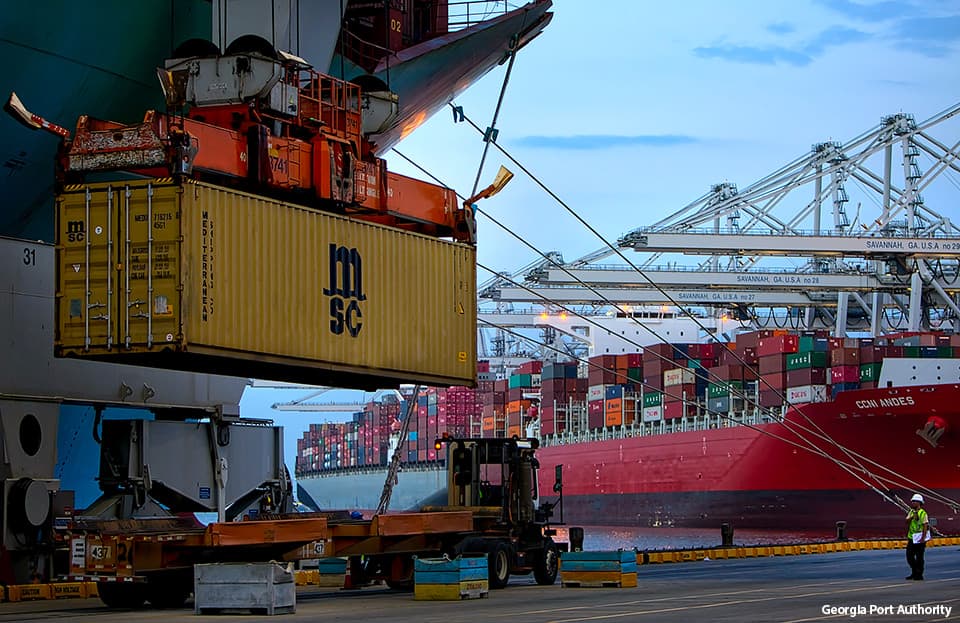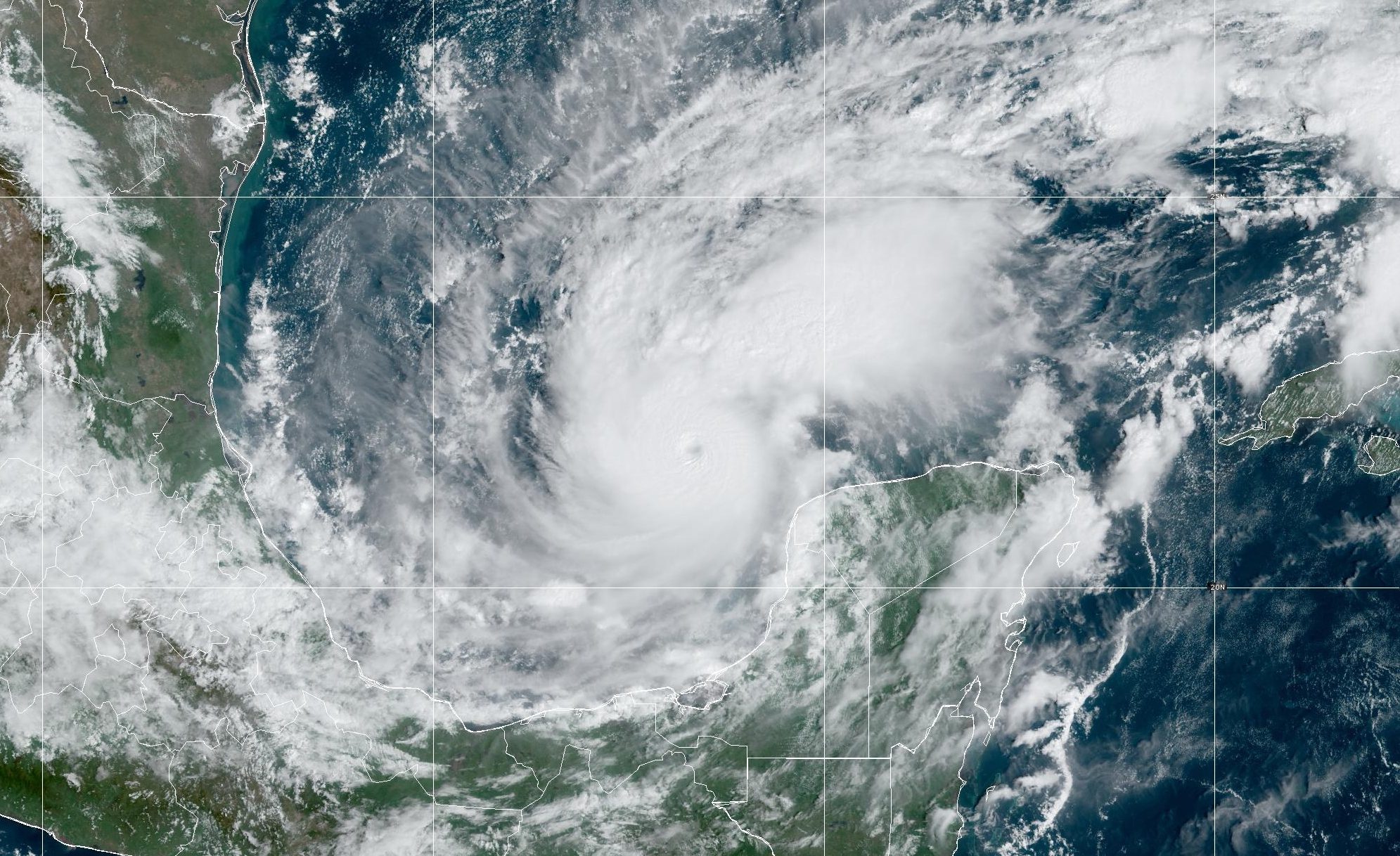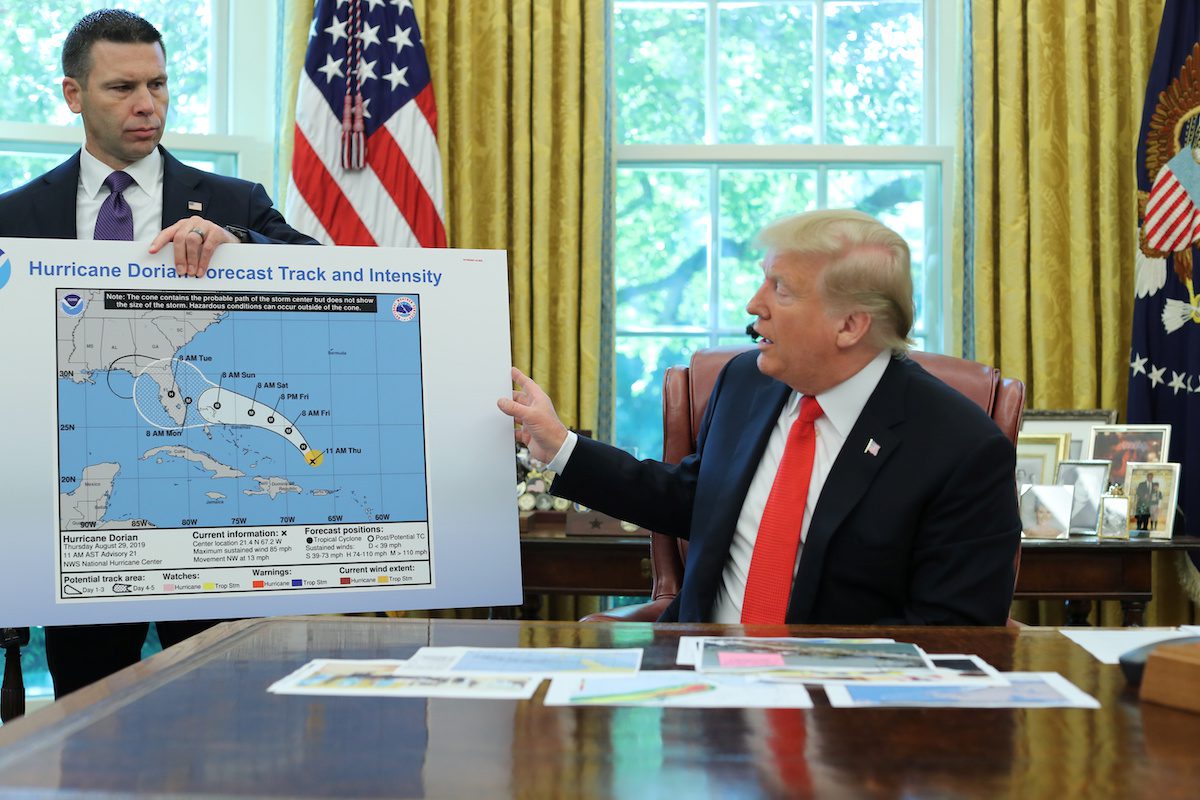The U.S. National Oceanic and Atmospheric Administration (NOAA) yesterday released its Blue Economy Strategic Plan for 2021-2025, laying out a roadmap for new ways to advance America’s Blue Economy and enhance a global ocean economy expected to double in value to $3 trillion over the next decade.
The Strategic Plan focuses on five sectors that NOAA will advance through agency-wide initiatives: marine transportation, ocean exploration, seafood competitiveness, tourism and recreation, and coastal resilience.
NOAA plans to further enhance these sectors by leveraging public-private partnerships, harnessing emerging technologies, and developing innovative STEM education and outreach efforts to train the next generation of Blue Economy leaders.
“By marshalling NOAA’s in-house expertise and collaborating with partners across the country, we can foster American business, entrepreneurship, and education in service of a sustainable Blue Economy,” said Nicole LeBoeuf, acting assistant administrator of NOAA’s National Ocean Service. “Our ocean, coastal, and Great Lakes resources are critical to our security and well-being, and I’m proud of NOAA’s commitment to understand and maximize the potential of these national assets.”
The 2021-2025 NOAA Blue Economy Strategic Plan aligns with several key agency initiatives, including Marad’s 2019 National Maritime Strategy, the National Ocean Policy of 2018, the 2018 National Strategic Plan for STEM Education, the 2019 Presidential Memorandum on Mapping the U.S. EEZ and Shoreline & Nearshore of Alaska, the 2020 National Strategy for Mapping, Exploring, & Characterizing the U.S. Exclusive Economic Zone, the 2020 Executive Order on Promoting Seafood Competitiveness and Economic Growth, the 2020 Federal Strategy for Addressing the Global Challenge of Marine Litter, and several NOAA conservation, science and technology, and mapping strategies.
NOAA’s data, tools, and services that support coastal economies and their contribution to the national economy touch all aspects of American life. Approximately 127 million people, or 40% of the U.S. population, live in coastal counties. In 2018, the American blue economy supported 2.3 million jobs, and contributed approximately $373 billion to the nation’s gross domestic product through activities such as tourism and recreation, shipping and transportation, commercial and recreational fishing, power generation, research, and related goods and services.
“By supporting the growth of the Blue Economy, we can help accelerate the nation’s economic recovery,” said retired Navy Rear Adm. Tim Gallaudet, Ph.D., assistant secretary of commerce for oceans and atmosphere and deputy NOAA administrator. “This plan shows how NOAA can further the benefits of the Blue Economy for all Americans.”

 Join The Club
Join The Club











